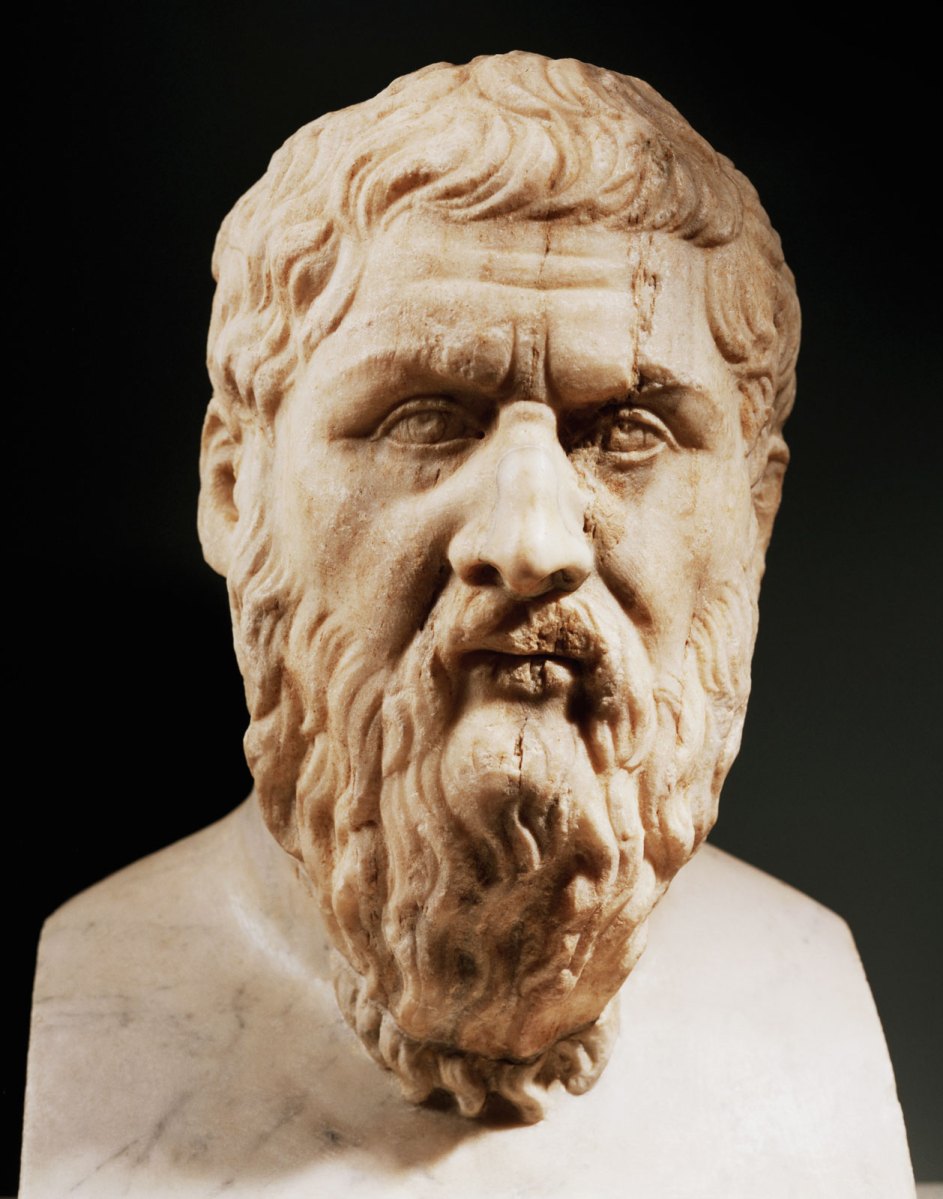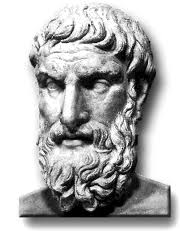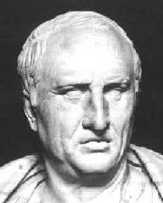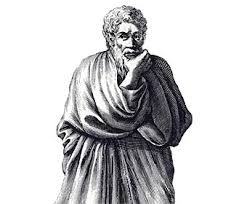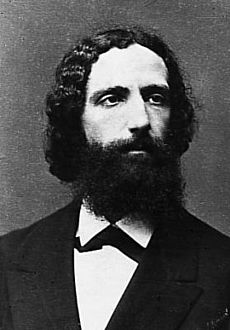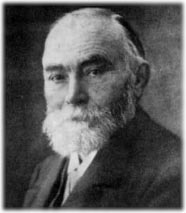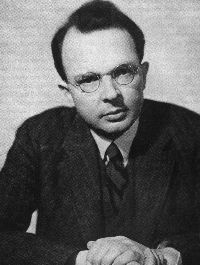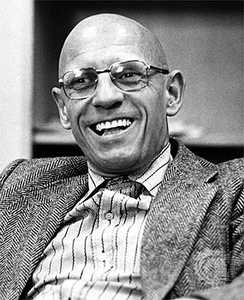Nadotázky:
english
Podotázky:natural kind terms express the essence of the objects they name and words are appropriate to their referents insofar as they describe what their referents are. |  Platon (pov. Aristokles) (-427) |
 Aristoteles (-384) | Všetky platené zamestnania znehodnocujú a pohlcujú myseľ. / All paid jobs degrade and absorb the mind. |
A just city should favor justice and the just, hate tyranny and injustice, and give them both their just deserts. | 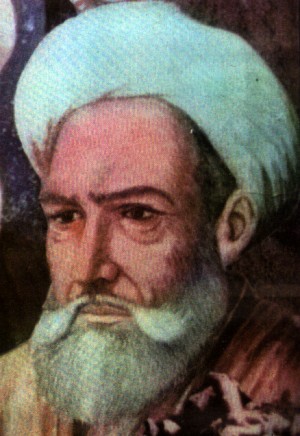 Abu Nasr Muhammad al-Farabi (870) |
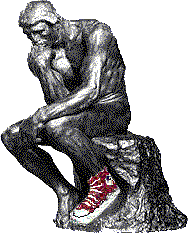 Niekto (2019) | Its dimensions are given as 300 cubits in length, 50 cubits in width and 30 cubits in height (450 × 75 × 45 ft or 137 × 22.9 × 13.7 m). |
 Niekto (2019) | Modern biological theories of aging in humans fall into two main categories: programmed and damage or error theories. |
 Niekto (2019) | Absolute, true, and mathematical time, of itself, and from its own nature, flows equably without relation to anything external, and by another name is called duration |
 Niekto (2019) | Information technology (IT) is the application of computers and internet to store, retrieve, transmit, and manipulate data |
 Niekto (2019) | Dreams are successions of images, ideas, emotions, and sensations that occur involuntarily in the mind during certain stages of sleep. |
 Niekto (2019) | An event E causally depends on C if, and only if, (i) if C had occurred, then E would have occurred, and (ii) if C had not occurred, then E would not have occurred. |


